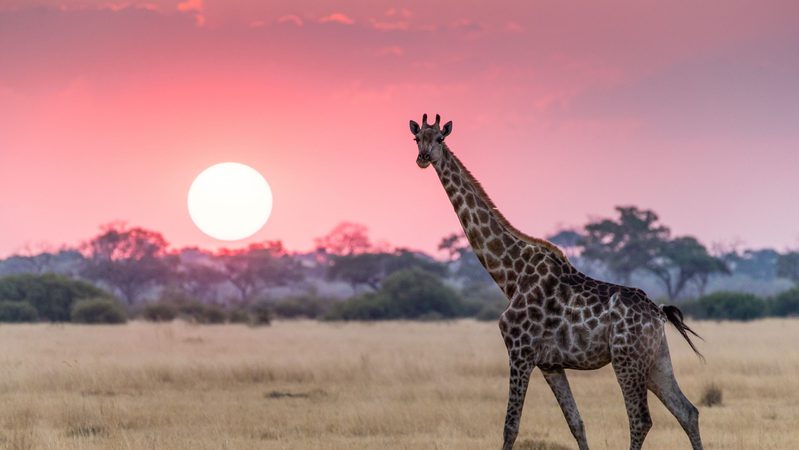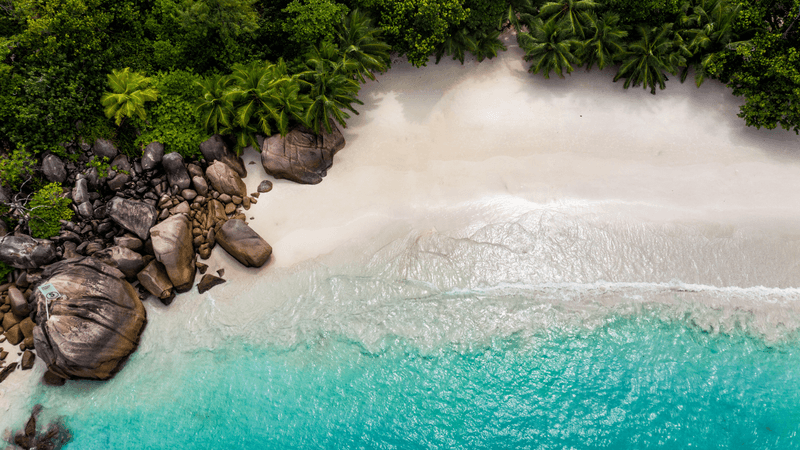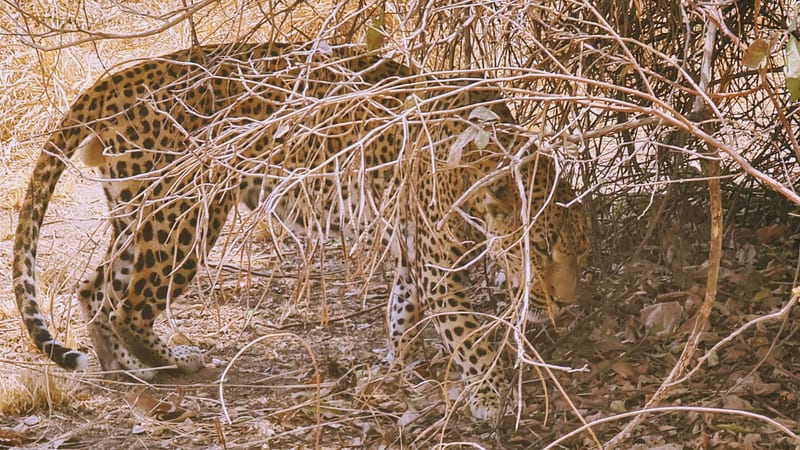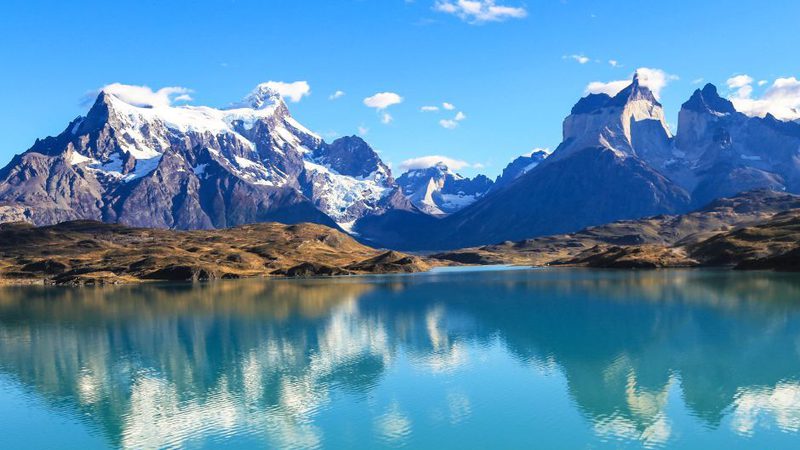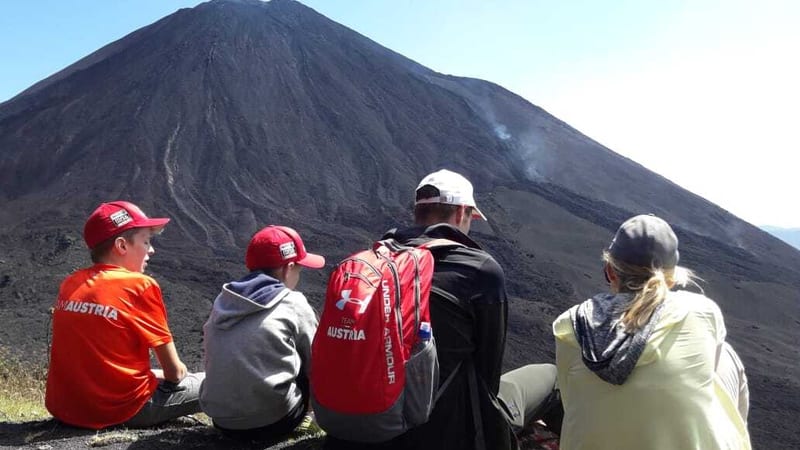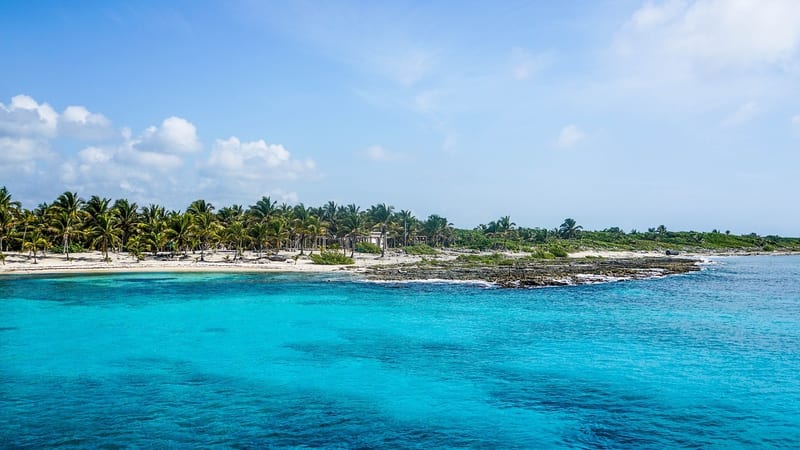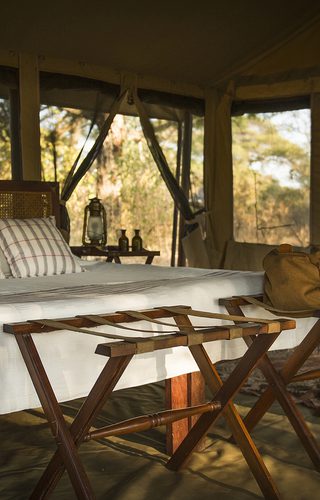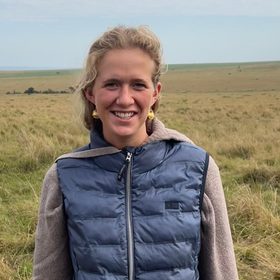Chada Katavi Camp is nestled under a canopy of acacia and tamarind trees, on a peninsula overlooking the wide Chada Plain
Location: Chada Katavi is tucked deep within Katavi National Park in western Tanzania, one of the country’s most remote and wildlife-rich reserves. For over 20 years, this classic expeditionary camp has remained rooted in its original location, set beneath tamarind trees with uninterrupted views of the vast Chada Plain. It offers a rare sense of wilderness, far from the beaten path and immersed in a million acres teeming with wildlife.
Rooms: The camp features six large, airy canvas tents designed in a classic safari style. Raised on wooden decks, each tent offers panoramic views across the plains and is furnished with campaign-style furniture, safari chairs, and gauze windows for comfort and cooling. En suite bathrooms include eco-flush toilets and open-air bucket showers, simple, sustainable, and perfectly in tune with the surroundings.
Amenities: Despite its remote setting, Chada Katavi offers thoughtful comforts: shaded lounging areas, a dining tent serving delicious home-cooked meals, and attentive staff. Solar energy powers lighting, and the open-air bucket showers are prepared fresh daily. Meals are often enjoyed outdoors with hippos grunting in the distance and elephants wandering nearby.
Activities: Guests can enjoy expertly guided game drives, walking safaris, and birdwatching. Wildlife is prolific, from massive buffalo herds and lion prides to pods of hippos packed into shrinking waterholes during the dry season.
Sustainability: Chada Katavi prioritises conservation and community health. The camp hosts dental outreach clinics for neighbouring villages and schools, and all operations follow low-impact, eco-conscious practices in line with preserving this extraordinary ecosystem.
Best places to stay in Katavi
Katavi Trip Inspiration
When to visit Tanzania
Find out the best time to visit Tanzania with our month by month guide.
- Best
- Good
- Mixed
- Jan
- Feb
- Mar
- Apr
- May
- Jun
- Jul
- Aug
- Sep
- Oct
- Nov
- Dec
January
January is mixed when it comes to weather, temperatures rise whilst the chance of rain and humidity increases. It is still a good time to go, as the rates are lower yet the game viewing is still excellent.
- During this time migratory herds are in the Serengeti for calving season, meaning the Ndutu plains are busy.
February
The weather remains hot with a chance of rain in February.
- Meanwhile in the Ndutu Plains the migration is still occurring.
March
March is the calm before the storm, before heavy rains and humidity builds. Visitors can take great advantage of lower rates during the low season.
- Migrating herds start to leave Ndutu, heading West towards Grumeti.
April
April experiences continued periods of heavy rain, we would advise against travel due to the conditions.
May
During may there is periods of heavy rain, we would advise against travel due to the conditions.
June
June heralds the wet season, bringing lush green vegetation which can make spotting game more difficult. It is a particularly great time for birders as parks become populated by migratory birds especially in the South.
- Migration is still in the Grumeti area, heading north.
July
July is the start of peak season, temperatures reach up to 30 degrees and the surrounding land becomes drier and spotting game is becoming easier.
- The migration is in the Northern Serengeti moving towards Kenya.
August
August is peak season, with bush land drying out game spotting becomes much easier. If you want to experience Tanzania game at its best, August is the time to travel.
- The migration still remains in the north.
September
Peak season continues in September, the Northern circuit can be very busy, if you want to avoid crowds it's best to visit the southern parks.
- The end of the migration is still in the north with herds on both side of the Kenyan and Tanzanian borders.
October
Peak season continues into October with good game viewing in the Serengeti and southern parks.
- The migration has now crossed over into Kenya.
November
November is the start of the rainy season, the rains tend to be overnight so it is still a popular time to travel. During this month you can take advantage of low season rates.
- Migration crossing over into the Serengeti can be seen a the Tanzania and Kenya border.
December
Rains continue in December, whilst the temperature and humidity start to build. Venturing out on safari is generally good, with large game still easily spotted.
- Migrating herds in the north travel south back to Ndutu.
Speak to a Tanzania expert today
and start planning your tailor-made holiday

Alistair


